Appeal to Audience’s Aspirations
Some brands do a great job at digging deep into who they are, what they stand for, and extolling the virtues of what they have to offer. They do such great a job, in fact, their marketing may seem to lose sight of the customer entirely.
And while it’s common marketing knowledge that the customers’ “what’s in it for me” should be ingrained in all communication, that concept really just scratches the surface of a much more meaningful connection. There’s one simple twist on this tried and true advice that can make your messaging far more potent, emotional, and extensible.
Don’t just tell customers what you can do for them. Weave your story around who they aspire to be and the role you play in it.
For instance, how are you helping fulfill their vision of a successful, empowered future self? What does the entirety of that aspirational vision look like, not just where you fit in? Speak to that whole, not just your role in it. Doing so flips the perspective from yours to theirs — putting it more tangibly in the context of their own success story. (Sidebar: Asking yourself “Who does our customer want to be” is also a great gut check on how well developed and insightful your customer personas are, and perhaps an opportunity to further develop them.)
Why does this work? Because few things are more personal and emotionally compelling than who we dream of being.
In a content-heavy marketing landscape, this approach has the added advantage of providing you a platform with many more topic opportunities. When you build your brand around the broader aspirations of your audience rather than narrowly focusing on your product, you can tell a bigger story while remaining highly relevant to your brand (see example 1 below). Your content plan can expand to helping them attain that vision or tell rich stories about the associated lifestyle.
Aspirational Marketing: How It’s Done
Your approach to “aspirational marketing” can take many different forms. You can either give customers an extreme or idealized representation of a lifestyle they romanticize, or portray a much more down-to-earth, attainable vision. Thirdly, you can create a grander collective vision of the future and give customers a role to play in it (effectively opening the door to becoming a “movement brand”).
Example 1: Building a Lifestyle Brand through Wild Extremes
YETI started as a manufacturer of extremely rugged, rather expensive and officially “grizzly proof” coolers. Their content strategy has long featured the likes of hunters, fishers, outdoors athletes, and wildlife photographers.
While these extreme adventurers are not (the bulk of) YETI’s target audience, they represent a life philosophy and relationship with the outdoors that resonates with their customers.
At the same time, the premium durability, functionality, and performance that make YETI’s products great for those extremes are relevant to “normal” customers too. (“If it’s good enough for the hunter who lived 3 years in the wild with no human contact, it’ll do for my fishing trip!”).
Along with strategic product diversification (notably drinkware), YETI’s dedication to customer-focused, aspirational storytelling has helped them expand from a niche cooler manufacturer to a lifestyle brand commanding a market capitalization of roughly $3.5 billion as of 2024.

The YETI website is full of immersive storytelling – dramatic videos, striking photography, and inspiring tales of the wild, enduring human spirit. Of note is that much of this content includes nary a mention of YETI products. Doesn’t matter. The brand is so ingrained in these aspirational lifestyles that the value is implied. And there’s always a couple casual inclusions of the product amid the stunning photography.

Example 2: Serving One-of-a-Kinds
I worked with a client on reaching restaurateurs through a similarly aspirational approach. Throughout materials, we featured bold, original, up-and-coming entrepreneurs in the culinary field. Visionary chefs and mixologists with a different way of doing things. Again, they don’t necessarily (or at least predominantly) represent the target market. But the majority of the audience aspires to reach similar levels of creative and business success.
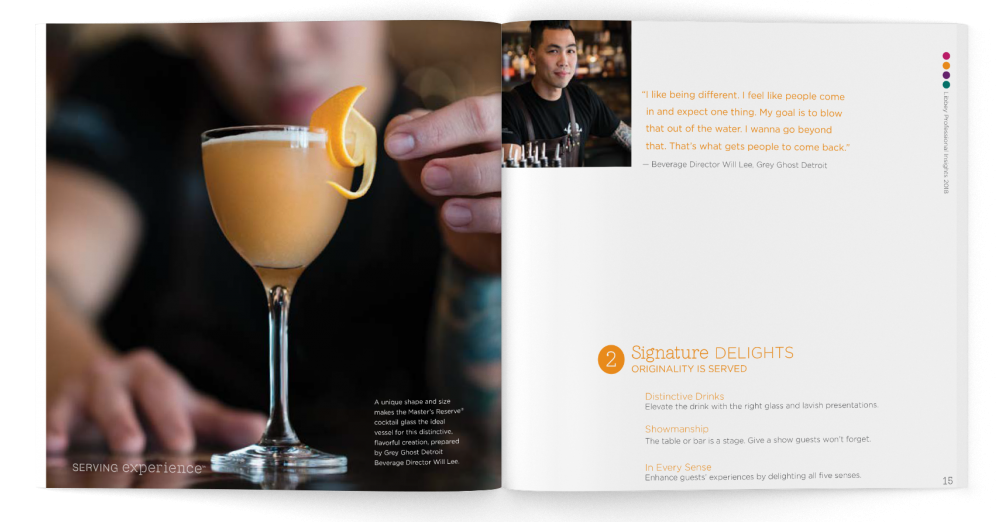
This approach went beyond simply featuring these influencers in photos and quotes. It guided the complete tone of the campaign. Speaking with edgier, more energetic language and visuals that aligned the brand more closely with our influencers. All supported with concrete examples of how the client’s products, insights and expertise support the vision of being a “one of a kind.”
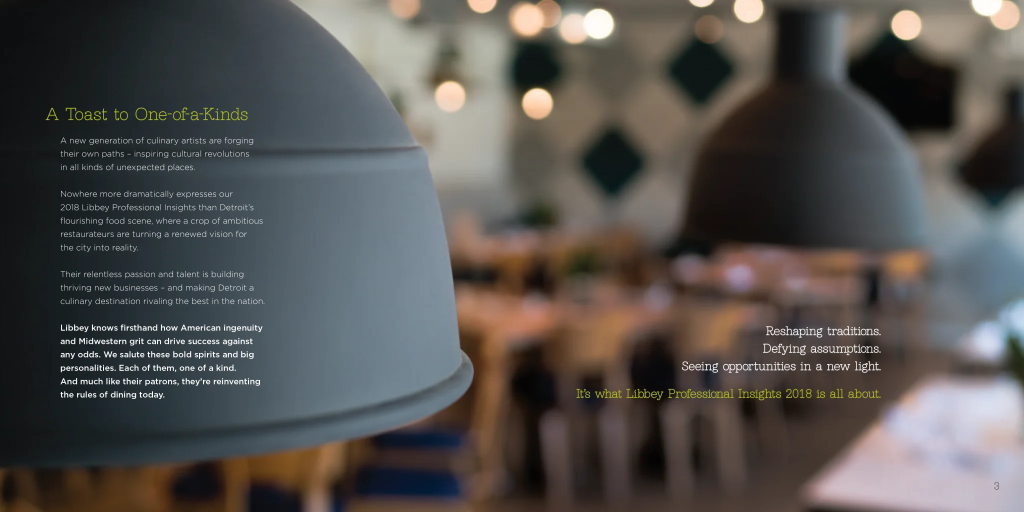
Cumulatively, this became a celebration of those who “reshape traditions, defy assumptions and see opportunities in a new light.” As with most creative fields, that’s something almost everyone in our target audience craves.
Example 3: Appealing to Those Who Live Outside Ordinary
SigmaDek offers a unique decking solution made of aluminum and porcelain, providing greater durability and convenience than traditional wood or composite options. This unique composition means the decking has a dramatic, modern look.
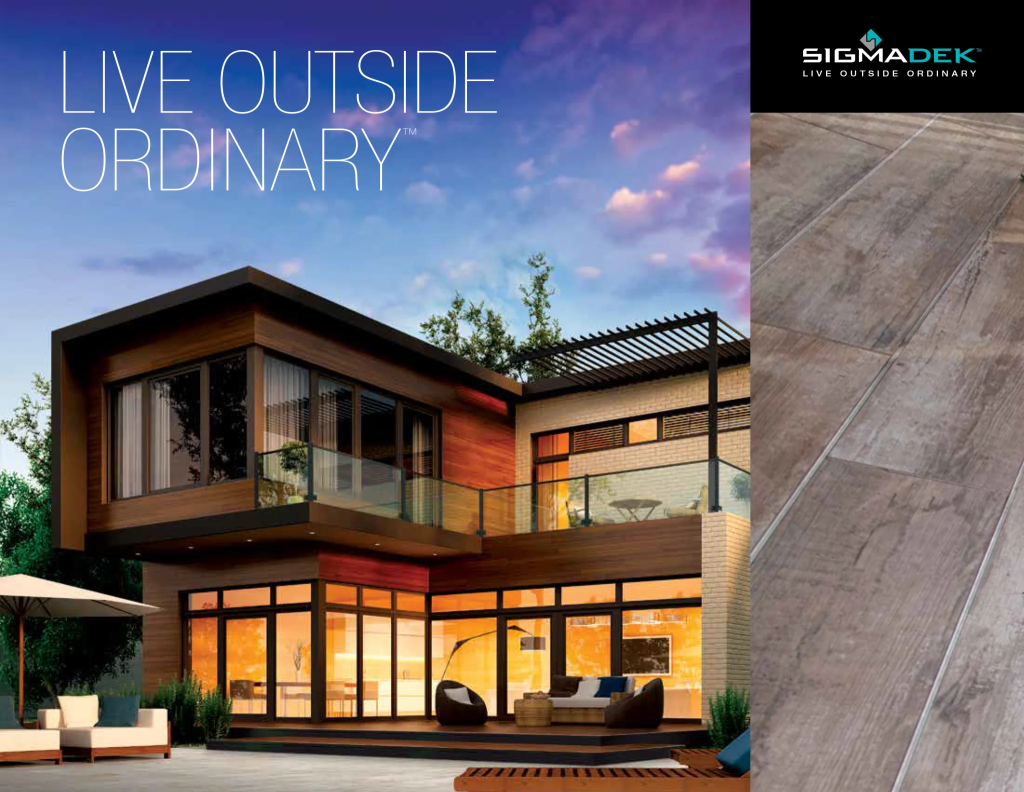
Instead of focusing solely on product features, I helped develop a brand position that tapped into the aspirational desires of homeowners who want to stand out from the crowd. The story leaned into the idea of defiance and individuality — appealing to “those who forge their own path” and inviting them to “live outside ordinary.” This approach elevated the conversation beyond traditional decking options, putting lifestyle and personality before product benefits.
By positioning SigmaDek as a choice for those who want to express their unique style and stand out from their neighbors, the brand allowed homeowners to see their outdoor space as an extension of their personality. The messaging implies that customers aren’t just getting a durable deck, they’re making a statement about who they are and how they want to live.
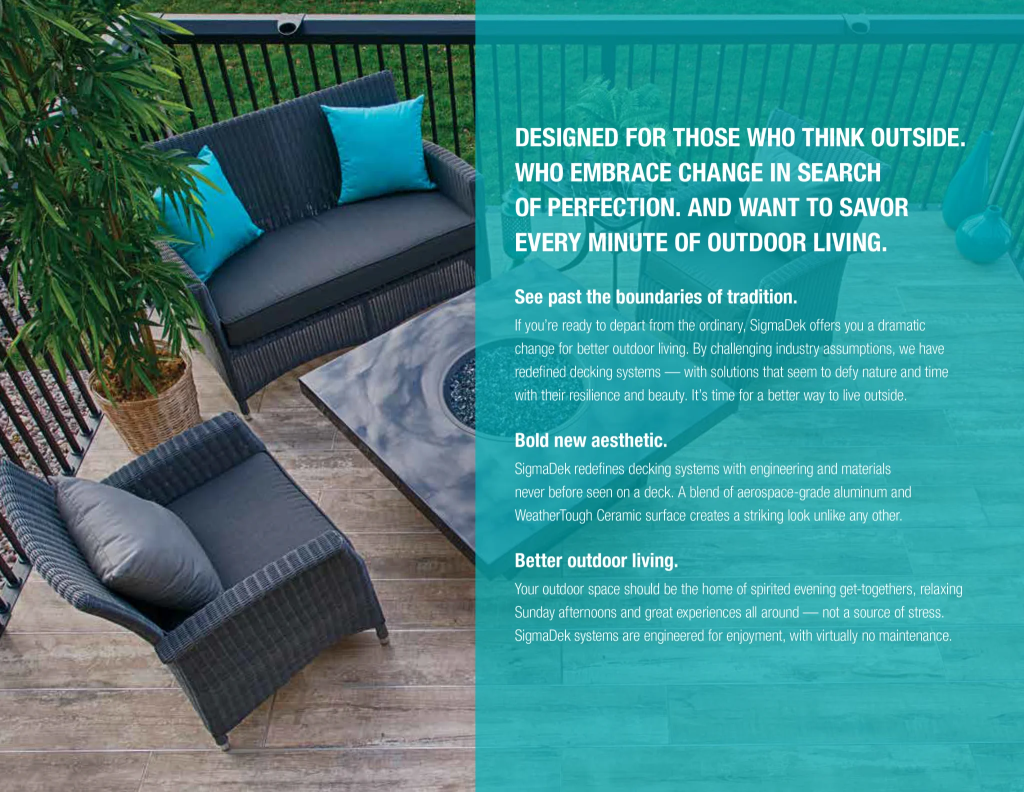
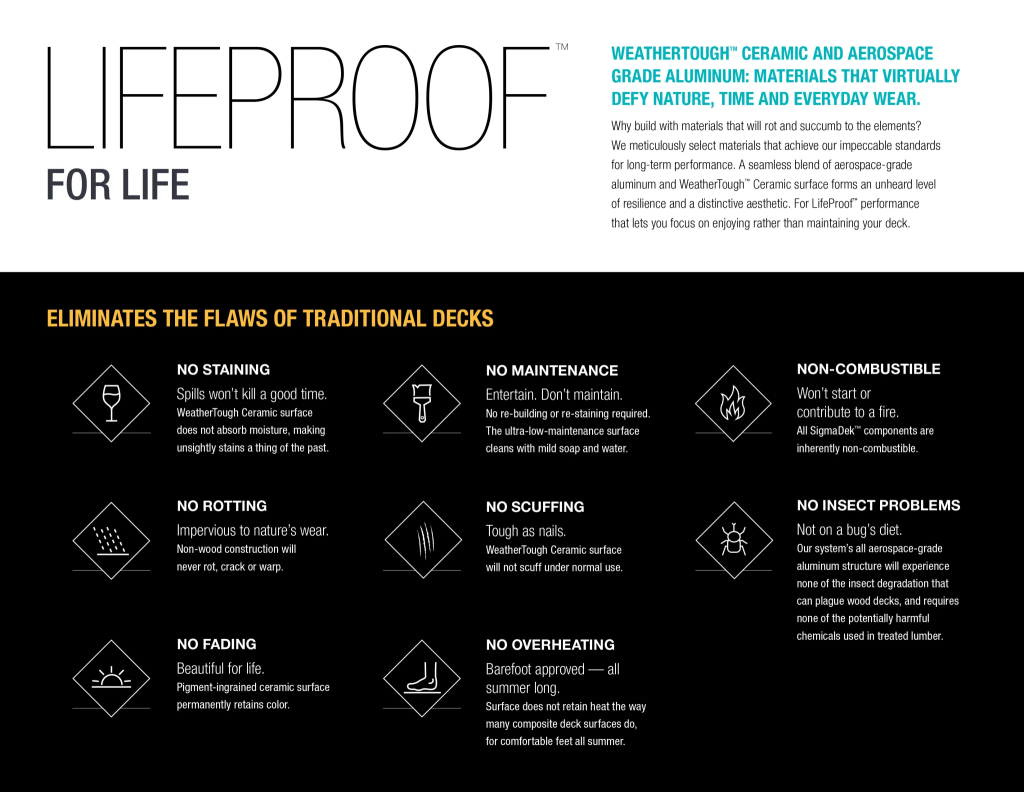
Example 4: “Making” the Dream
There are a whole host of people living in their desk jobs with an unscratchable itch that they need to escape it. And for many, their dream of unsalaried salvation comes in the form of starting their own business as a “maker.” Many brands have effectively capitalized on this maker movement. The aspiration to make something with our own hands is strong for many — the antithesis to spending 8+ hours in front of a computer each day. It taps into an innate desire for greater freedom, creativity, and control of one’s destiny.
As an avid woodworker in my free time (and equally avid “window shopper” of expensive woodworking tools), I too have been promised the possibility to create my “dream job.” For instance, I was once re-targeted across the web by Inventables, a Chicago-based manufacturer of entry-level-and-up, DIY-friendly CNC woodworking machines (which let you automate and easily scale the creation of wood designs, along with custom engravings, etc.).
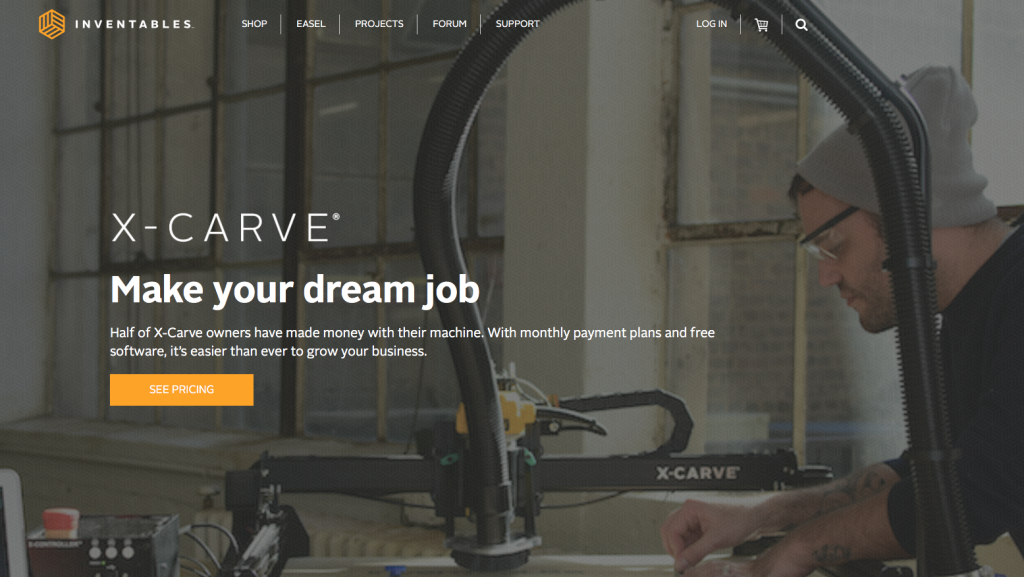
The Inventables website featured messaging that discussed the high number of thriving businesses that have been supported by their products, along with stories from a host of maker small business owners sharing their success stories and tips. These elements combined to form a potent message and promise. One that is amplified further by their partnership with a wide range of high-profile maker personalities who contribute ideas and designs that can be reused by members of the Inventables community.
Inventables could have easily fallen into talking only about impersonal aspects like the quality, speed, and ease of their machines. Instead, they put all those things in the context of a vision — tapping into the end goal and dream of many of its prospective customers.
Don’t Cross the Fine BS Line: Keep It in Reason and Back it Up
An aspirational brand and marketing strategy can indeed be a powerful way to tap into your audience’s dreams and desires. But if what you offer can’t actually support that vision, your customers will smell the BS. As we know, today’s consumers are keener than ever to an insincere brand. They’re not going to believe their Wheaties or Air Jordans are going to make them jump like Mike.
At the same time, don’t underestimate your brand’s ability to tap into these deep, innate human aspirations. After all, the first example in this post started as “just” a cooler. When you can show the role you play in a customer’s vision, big or small, you can encourage strong, sustainable, and profitable brand loyalty. And that’s something all of us marketers aspire to.
Having trouble resonating with your audience? I can help.
I’m a senior copywriter and brand strategist seasoned by nearly 15 years of marketing agency experience. I build brand affinity with B2B and B2C audiences.
Let’s turn the complex into conversations that better connect with your key audiences.
